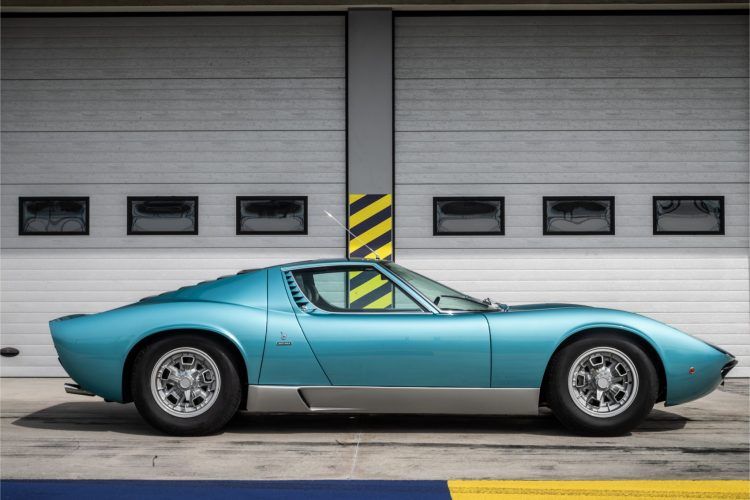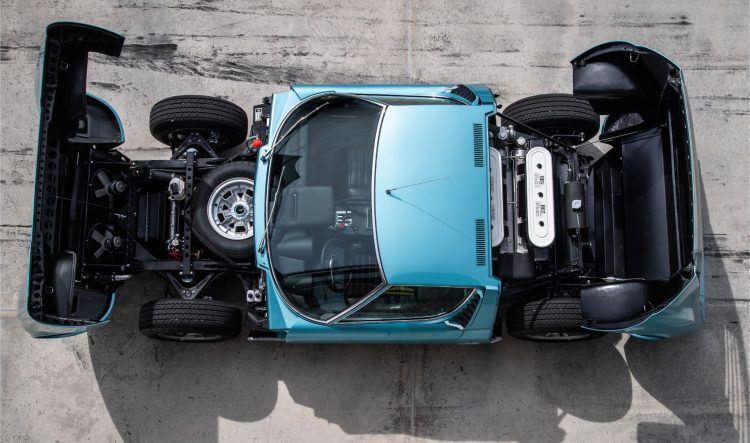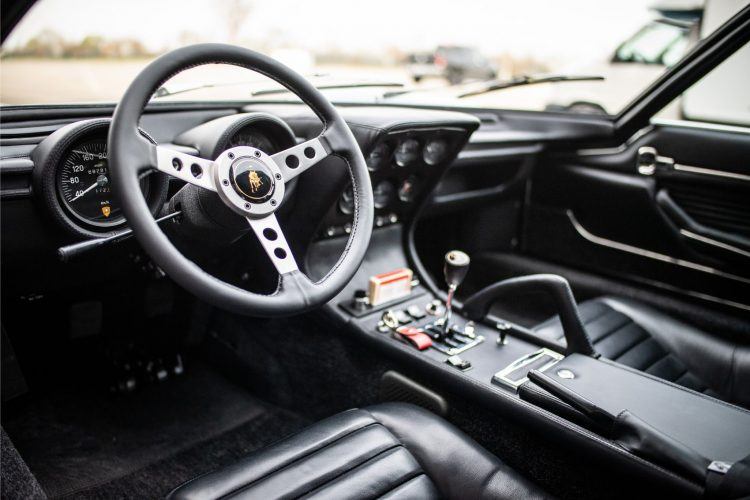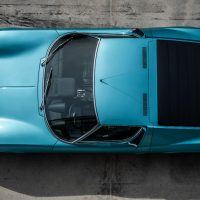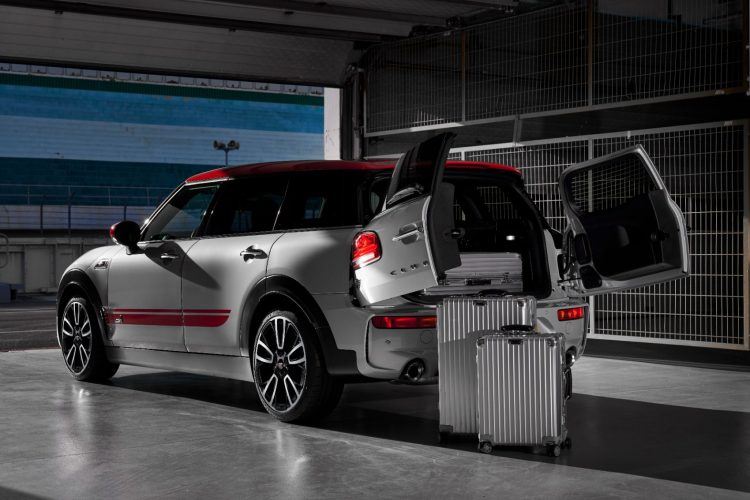My wife has a car that goes through the paces here in Michigan. Maybe you know the feeling as well with your own vehicle. She commutes to work about 60 miles each day, round trip, and has done so for the last several years. The miles bring with it a plethora of dents and dings and scratches, with rock chips especially common as a result of her frequent highway driving. Those who live in Midwestern states know the salt wreaks havoc on your paint too; and this past winter felt like a long one.
A Rocky Outcome
Those chips and dings are affecting your car’s curb appeal in the short term, but more importantly, its resale value in the long run. When you trade your car in, dealers look at the exterior condition as one of the factors in determining what they will pay you for it. It’s best to take care of these pesky rock chips and dings as they come up. After working with Robert’s Paint Care recently, we believe their products, when used properly, can help preserve the resale value of your car.
Disclosure: This article is sponsored by Robert’s Paint Care. The products below were sent to me at no charge. The views and opinions expressed here are strictly my own and do not necessarily reflect the views and opinions of Automoblog. For more information, please review our advertising guidelines.
From The Family Line
Robert’s Paint Care sent us a sample of their Automotive Touch Up Paint to use on my wife’s car. The company started in 1962 as a provider of automotive finishes, mainly to car dealerships and body shops. By 1990, Robert’s Paint Care expanded into the industrial and manufacturing sector; for the last ten years now, the family-run company has gained traction in the consumer market with products like the Automotive Touch Up Paint they sent us. Robert’s Paint Care uses Sherwin-Williams paint for all of their touch-up products, and offers detailed video instructions for more complicated repairs.
Robert’s Paint Care provided us a 12 oz. bottle (their largest) and a smaller bottle of sterling gray paint, which matched the color of my wife’s car. The bottle of the latter is just 2 oz. by comparison; it looks and feels small, but the reality is, that little bit will go a long way. Together with the 12 oz. bottle of aerosol clear coat, it should last you the life of your vehicle. This was a relief for me. Let’s just say, that when I really started looking, there were more rock chips on my wife’s hood than I originally thought.
Three Different Sizes
The 2 oz. bottle of paint includes a brush and with it, three different aerosol spray cans: the 4.5 oz., the 9 oz., and the 12 oz. The aerosol clear coat is applied after the paint in the smaller bottle. The smaller bottle and brush is ideal for those minimal touch ups, like the rock chips we have been discussing. Both bottles come with their own individual brush as to not contaminate them. Pricing ranges between $16.95 and $35.95, depending on how large of a bottle you need.

Robert’s Paint Care provided us a 12 oz. bottle of aerosol clear coat (left) and a smaller bottle of sterling gray paint, which matched the color of my wife’s car.
Application & Use (How We Eliminated Our Rock Chips)
Even if you’ve never worked with touch up-paint before, the brushes provided by Robert’s Paint Care make it easy to fill in chips and dings. While we had a paper towel handy to dab any excess off the brush, for the most part, the brush holds the paint in place. This is nice because I didn’t have to worry about the paint dripping on other parts of the car while I was working. I was able to go slowly as I applied each layer.
After you apply the paint from the 2 oz. bottle, Robert’s Paint Care suggests waiting for 15 minutes before applying the clear coat from the aerosol can. After that time has passed, spray the contents of the aerosol clear coat into a separate or even a disposable container. Note that it will dissolve Styrofoam (and quickly) so opt for a good durable plastic or metal. Once you have the liquid in your container, you are ready to apply the clear coat over top of the paint from the 2 oz. bottle.
Here are the official instructions Robert’s Paint Care sent us:
- Dip the brush in the 2 oz. bottle of paint and apply to the clean surface of the car.
- After 15 minutes, spray the clear coat (12 oz. bottle) in a smaller, separate container or cap.
- Use the brush to apply the clear coat over the top of the previous layer of paint.
An Added Bonus
The 2 oz. bottle of paint matched really well, something that’s easy to be leery about when it comes to touch-up paint. Automotive paints are specific and even the slightest difference in shade and hue is noticeable. I gave Robert’s Paint Care the code on the door jamb, and was relieved to find it was a perfect match when I started working. Just do the same when you contact them. Rest assured, it will be the exact color.
Rock Chips (Before Robert’s Paint Care Helped Us)

The rock chips on the hood are a result of my wife driving about 60 miles round trip on her daily commute.
And After: Night & Day Difference
The Total Package
For those who are completely DIY when it comes to their car, Robert’s Paint Care offers a host of professional-grade products, from blending solvents and polyester finishing putty; to resin fiber discs and waterproof sand paper. Their comprehensive touch-up and repair kits include one for cracked bumpers; another for deep scratches, and another yet for perforation caused by rust.
However, for the average chip and crack, what we are reviewing here is plenty.
With regard to the Automotive Touch Up Paint specifically, it’s something both professionals and the everyday driver can use. It’s fairly straightforward in its application, but has the type of quality you would expect in a body shop or dealership. As we were applying the paint to our rock chips, my wife said it was as easy as “using nail polish.”

Robert’s Paint Care offers a host of professional-grade products, including this bottle of touch-up paint we used on my wife’s car.
Putting It All Together
Last – but not least – the biggest benefit we found working with Robert’s Paint Care was how friendly they were. Seriously. That goes a long way with us car folk. Prior to receiving the products for this article, I had a few questions about touch-up paint in general. It’s been some time since I was a young service advisor. And even then, I was in the service drive and not the body shop. I kept thinking I was somehow going to mess up when it came to applying the paint.
However, the rep from Robert’s Paint Care was friendly and patient with me, and we have every reason to believe they would be with you. We would recommend their Automotive Touch Up Paint for those unsightly dings, dents, and especially rock chips.
Carl Anthony studies mechanical engineering at Wayne State University, serves on the Board of Directors for the Ally Jolie Baldwin Foundation, and is a loyal Detroit Lions fan. Before going back to school, he simultaneously held product development and experiential marketing roles in the automotive industry.
from Automoblog.net http://bit.ly/2Wzz1AG


